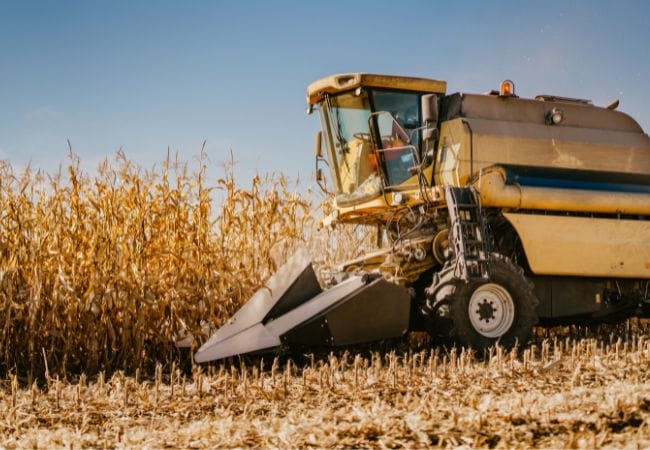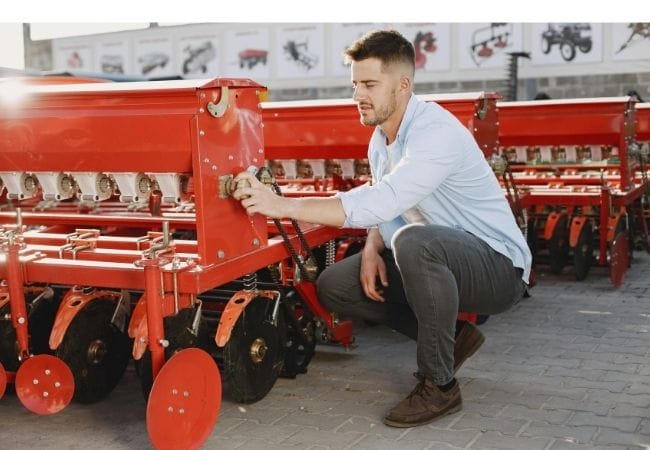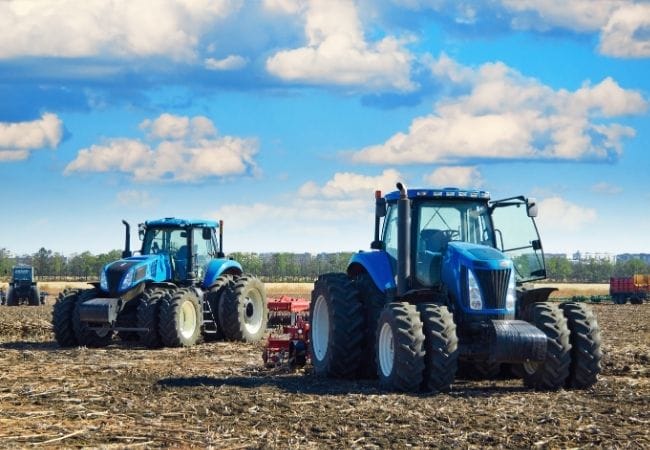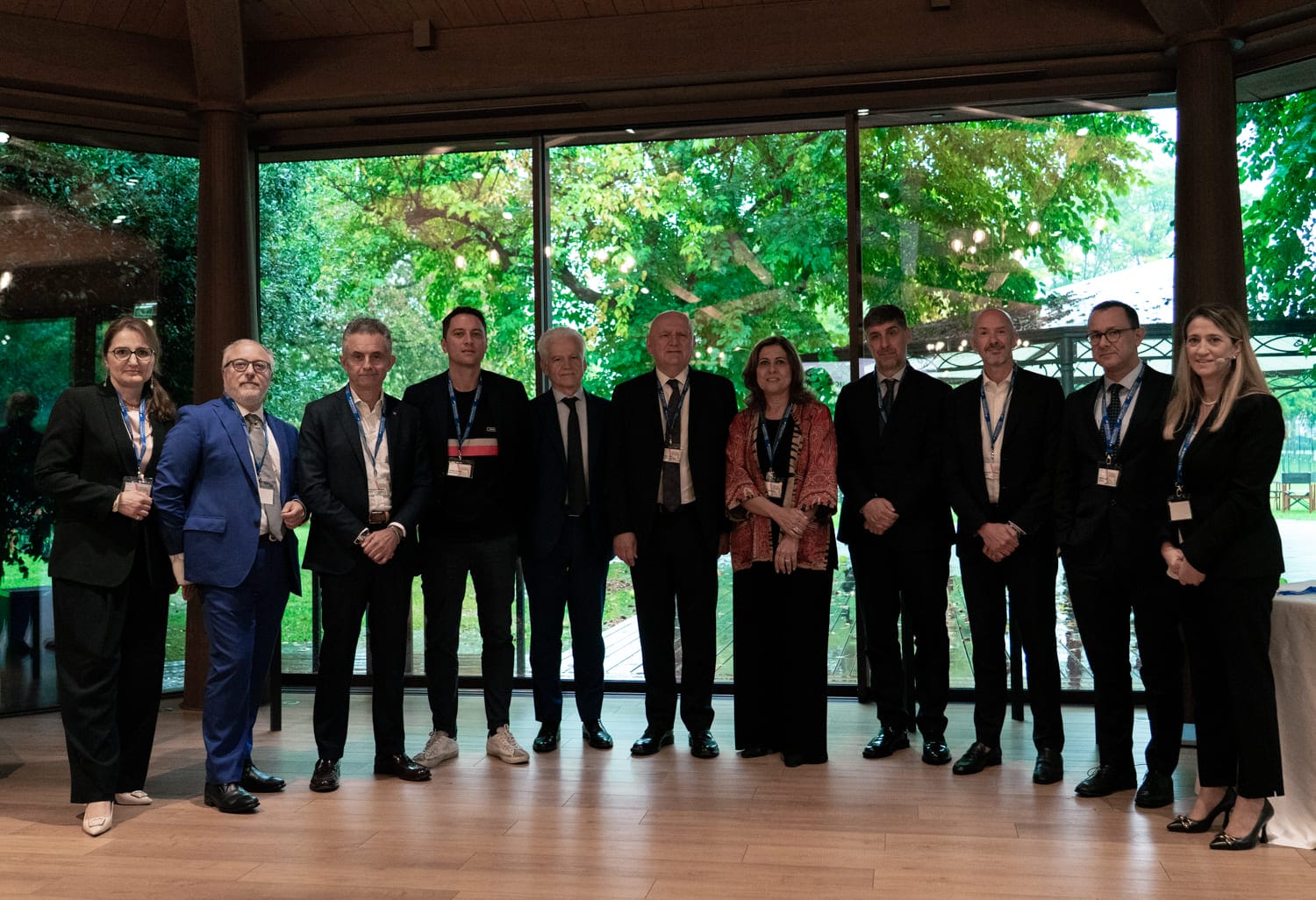
Export of agricultural machinery: Made in Italy conquers global markets between innovation and sustainability
Summary
The Italian agro-industrial ecosystem, driven by theexport of agricultural machinery and agri-food production, represents one of the backbones of the national economy. This integrated system, which involves more than 4 million workers along the entire supply chain, stands out for its ability to combine tradition and innovation, quality and technology, sustainability and international competitiveness. The agrifood sector contributes 19.8% to the national GDP, while the agricultural machinery sector ranks among the technological excellences of Made in Italy, with performance that places it among the world leaders in terms of production capacity and exports (Source: data processed by Federalimentare).
Export of agricultural machinery: Italy fourth world exporter with 16.4 billion turnover
The Italian agricultural machinery industry has achieved extraordinary results in recent years, consolidating a position of global leadership. With a record turnover of 16.4 billion and a growth inexport of agricultural machinery of 6%, the sector shows exceptional vitality despite the challenges of the international context. The export quota represents approximately 70% of the value of national production, highlighting the strong international orientation of Italian companies. This figure positions Italy as the fourth largest exporter of agricultural machinery in the world and the third largest exporter of tractors, with a positive trade balance of more than 3 billion Euros, testifying to the competitiveness of Made in Italy on global markets.
Strategic markets for future growth
European Union countries continue to represent the main trade outlets, with Germany, France and Spain which absorb significant shares of domestic production. However, the attention of Italian companies is progressively shifting to non-EU markets where demand for advanced technologies is registering double-digit growth rates. The United States, China and the MENA region emerge as strategic destinations, despite the recent tariff provisions that have seen a 36.8% contraction to the US in Q1 2025 (Source: Meccagri).
This geographical diversification is crucial to ensure stability and sustainable growth in the long run.
The primacy of northern Italian regions
Emilia-Romagna dominates the national rankings of theexport of agricultural machinery with over EUR 2 billion, followed by Veneto and Lombardy. This industrial triangle concentrates excellent manufacturing skills, cutting-edge research centres and a network of specialised SMEs that generate a unique production ecosystem. Territorial concentration facilitates collaboration between companies, encourages innovation through technology transfer and creates economies of scale that strengthen international competitiveness. Specialised industrial districts represent the beating heart of production, where the physical proximity between manufacturers, suppliers and service centres generates unique synergies.
Technological innovation as a competitive driver
The digital revolution is radically transforming the Italian agricultural machinery sector. The implementation of IoT technologies, precision GPS systems, advanced sensors and artificial intelligence increasingly characterises the national offer on global markets. These solutions not only increase production efficiency but also respond to the growing needs for sustainability environment and traceability of agricultural production. Agriculture 4.0 represents a frontier in which Italy is investing heavily, with solutions ranging from drones for crop monitoring to robots for selective harvesting, from automated greenhouse management systems to digital platforms for resource optimisation.
Sustainability and ecological transition in the industry
Environmental sustainability is a distinctive element of theexport of agricultural machinery Italian. Companies in the sector have embraced the ecological transition developing increasingly energy-efficient machines with reduced emissions and optimised use of natural resources. This environmental awareness, increasingly in demand in international markets, translates into a significant competitive advantage, particularly in countries with stringent environmental regulations. The adoption of circular economy principles is also generating new business models: from component recycling to modular design to facilitate maintenance and upgrades, Italian companies are rethinking the entire product life cycle.
Opportunities in Asian emerging markets
Asia represents an extraordinary expansion frontier for theexport of agricultural machinery Italian. L'Expo Osaka 2025 will provide a strategic showcase to present national technological excellence to a rapidly growing continent. With a growing population and the need to increase agricultural productivity to ensure food security, countries such as China, India, Vietnam and Indonesia offer exceptional prospects. The demand for advanced precision farming technologies, efficient irrigation systems and solutions for protected crops is growing exponentially, opening up significant market space for Italian expertise.
The potential of the MENA region and agricultural modernisation
The countries of the Middle East and North Africa are investing heavily in the modernisation of their agricultural supply chains. Saudi Arabia and United Arab Emiratessupported by ambitious development plans such as Vision 2030, actively seek technologies for desert agriculture and state-of-the-art irrigation systems. These markets particularly value Italian expertise in high-value crops and technologies for the optimisation of water resources. Strategic partnerships and long-term projects in this area represent concrete opportunities for Italian companies that know how to adapt their solutions to specific climatic and environmental contexts.
The challenges of global competition
The international context presents significant challenges for theexport of agricultural machinery. Trade tensions, geopolitical instability in some areas and volatile commodity prices require flexible strategies and the ability to adapt quickly. The contraction of some traditional markets requires ever greater geographical and product diversification. Italian companies also face fierce competitors from Germany, the United States and increasingly from China, which is rapidly bridging the technology gap offering products at competitive prices.
Training and skills for the export of the future
Competitiveness in global markets requires continuous investment in human capital. The skills needed range from mastery of international regulations to the management of complex logistical processesfrom in-depth knowledge of digital technologies to the cultural sensitivity to operate in diverse contexts. Successful companies collaborate with universities and research centres to develop specialised skills. Figures such as agricultural data analysts, IoT experts, precision farming specialists are increasingly in demand to maintain technological leadership.
Prospects for 2025 and beyond
The future of theexport of agricultural machinery Italy looks promising but requires strategic vision and targeted investment. The goal of consolidating and expanding global market share goes through continuous innovation, environmental sustainability and the ability to respond to the specific needs of different markets. The combination of technological excellence, territorial roots and operational flexibility is the distinctive asset on which to build future success. With the support of institutions, collaboration between companies and investment in research and development, the sector can aspire to even more ambitious goals, confirming Made in Italy as a synonym for quality, innovation and reliability in world agricultural markets.
The internationalisation support system
The success of theexport of agricultural machinery Italian is supported by an ecosystem of specialised partners. At Octagona, we support companies in the agricultural machinery sector in all phases of international expansion: from the analysis of target markets to the definition of internationalisation strategies, from the search for qualified personnel to after-sales assistance. Our experience in the sector allows us to offer customised solutions that integrate skills specific techniques with a strategic export vision. We strive to facilitate access to subsidised financial instruments and qualified networking opportunities, creating concrete value for Italian companies in foreign markets. For any information, we invite you to contact us.





